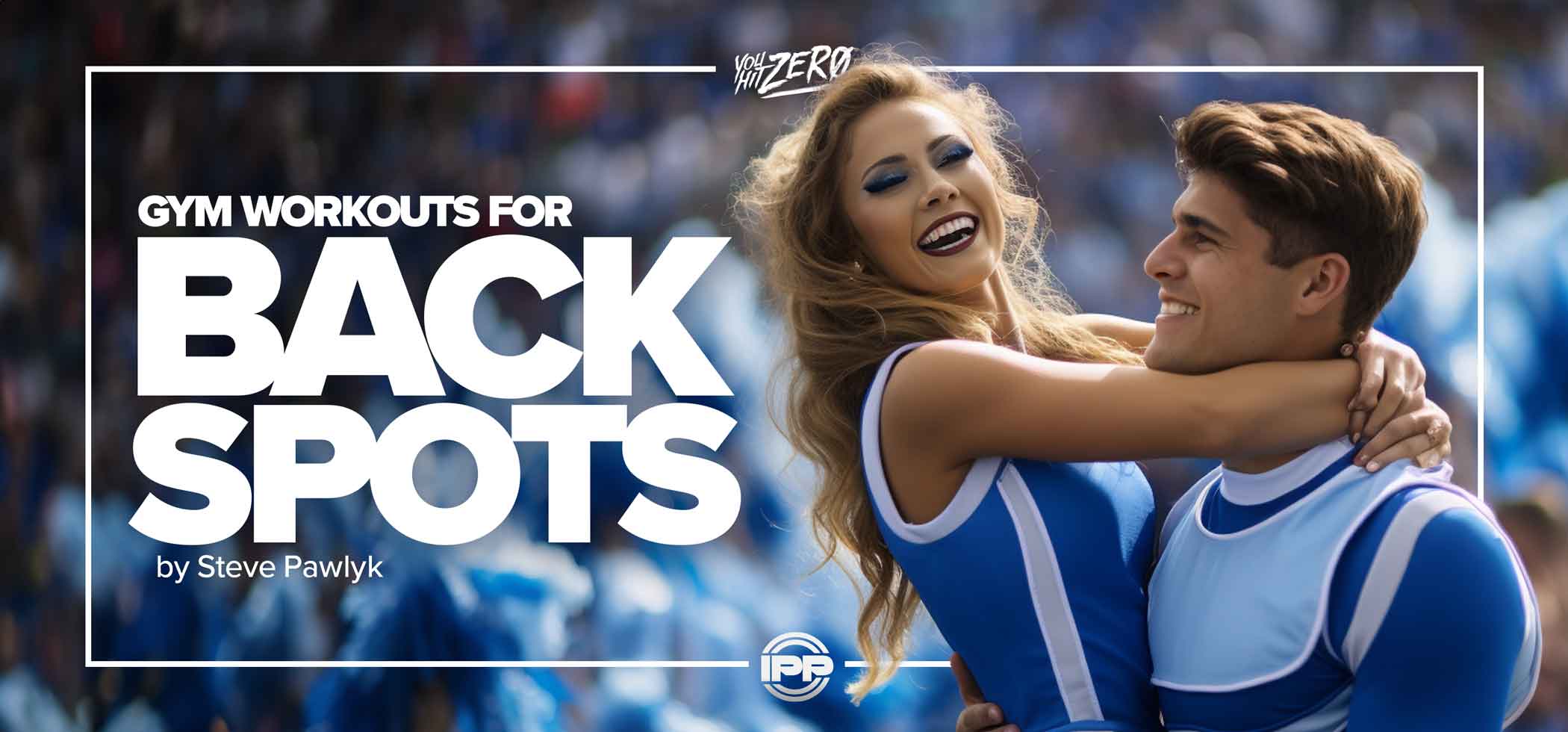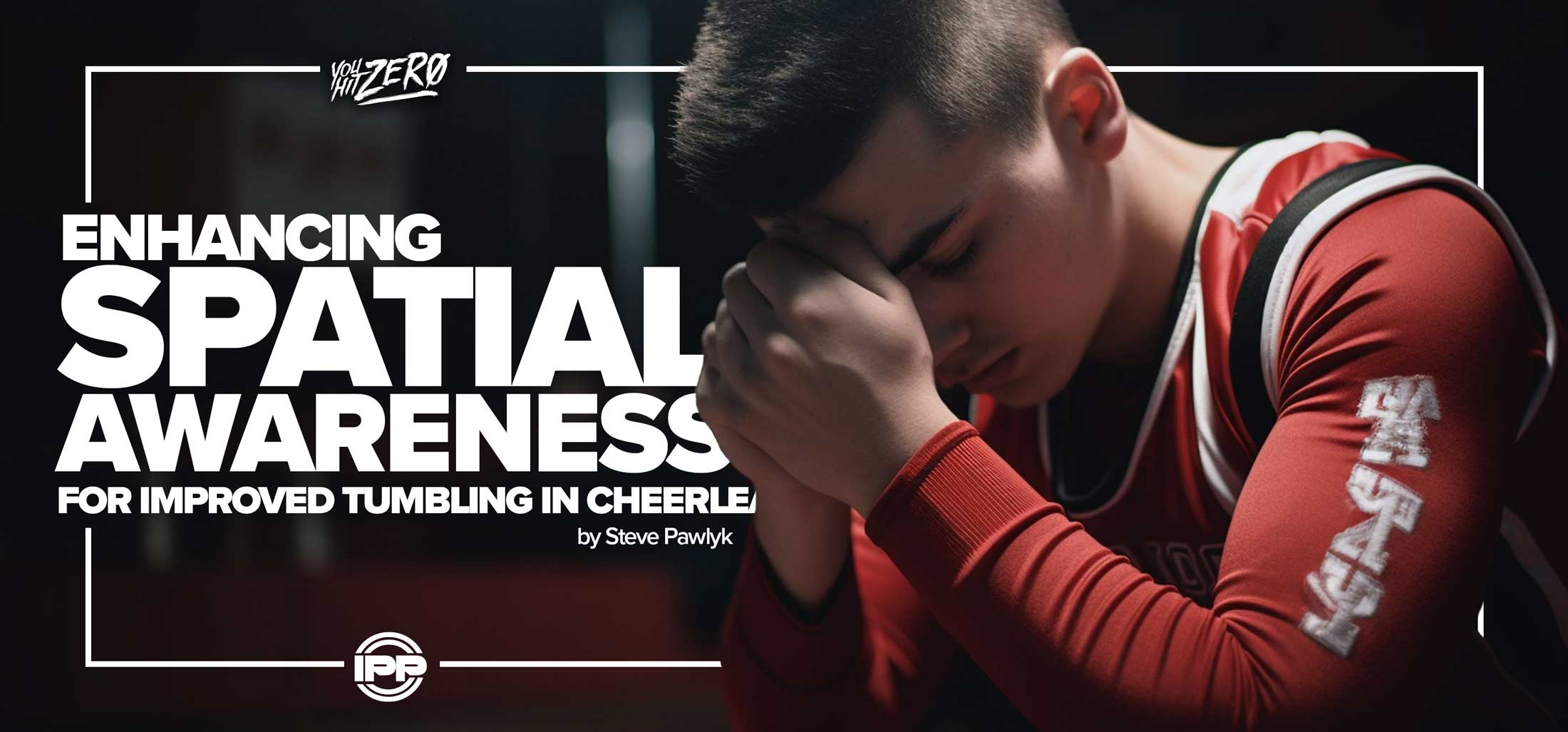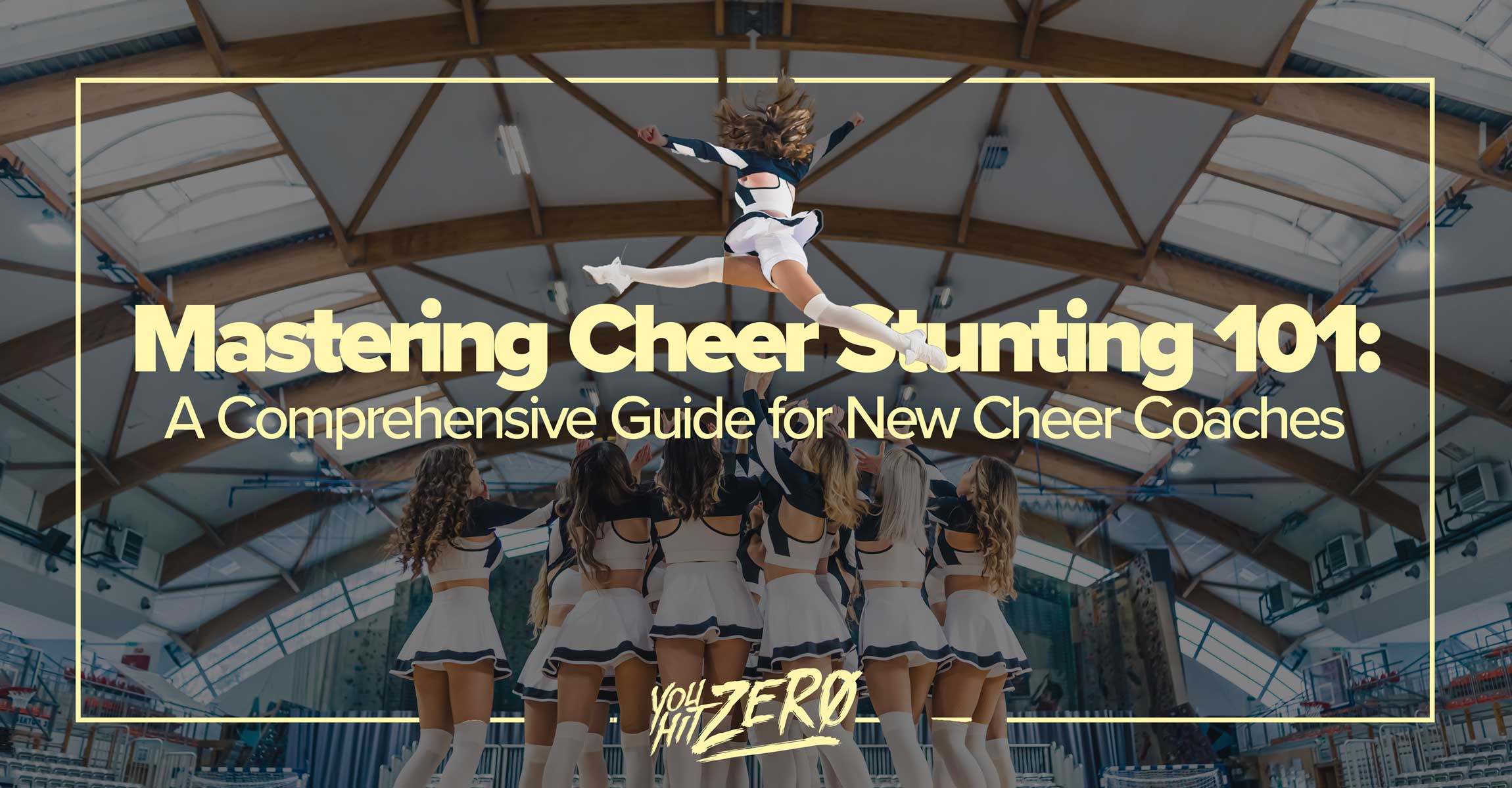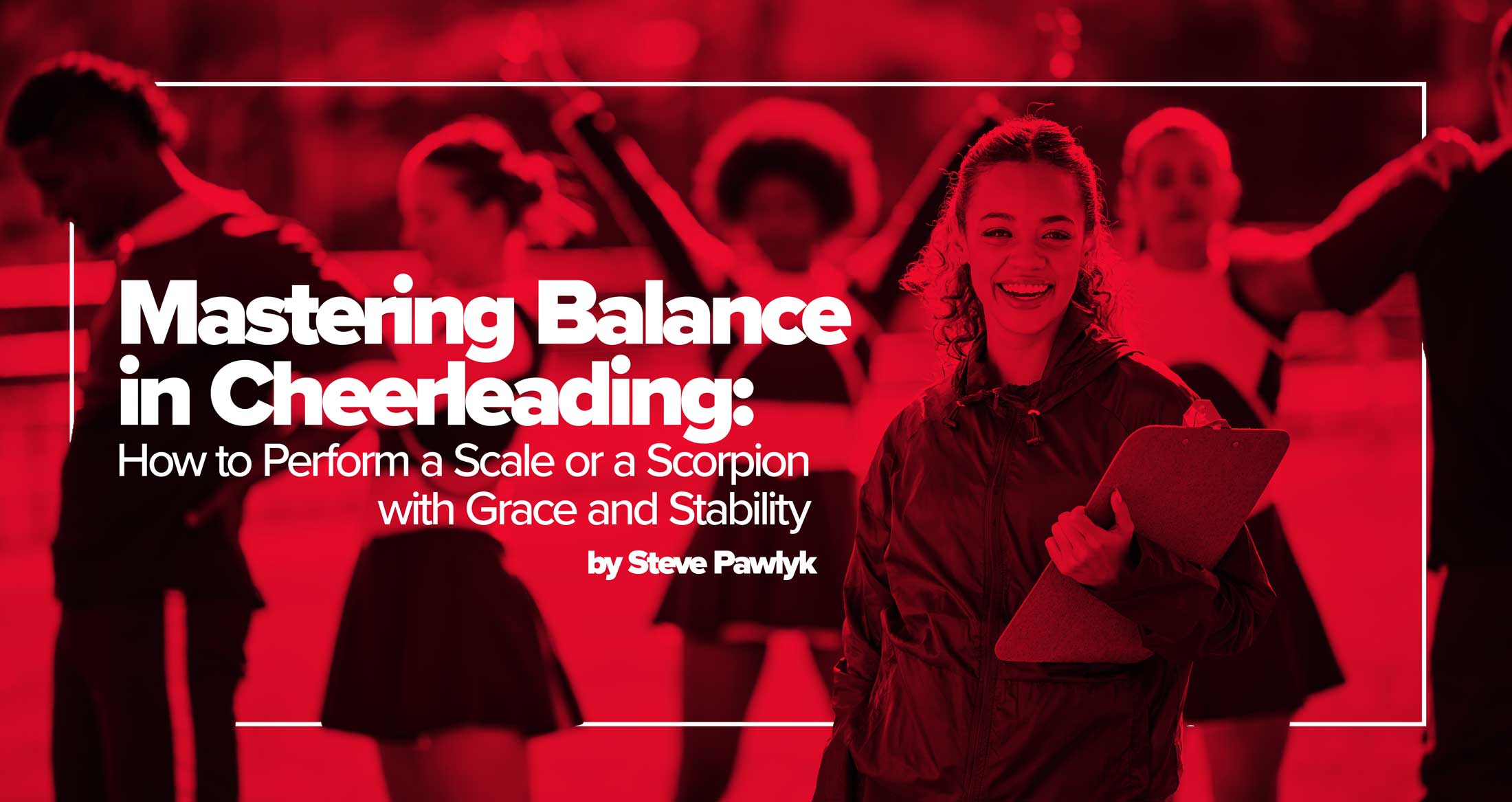By Steve Pawlyk
Published November 14, 2023
Transitioning to the role of a back spot in cheerleading presents unique physical demands that go beyond general gym knowledge. Understanding the specific strength and conditioning needed can enhance performance and prevent injury. In this article, we explore targeted exercises that align with the skills required for back spotting, ensuring you’re not only gym-strong but also mat-ready.
Body:
The Role of a Back Spot:
A back spot is pivotal for the stability and safety of stunts. While there are similarities with one-man stunting, including the need for upper body strength and coordination, the back spot’s role is distinct in its requirements for balance, timing, and the ability to support and lift flyers.
Gym Exercises for Back Spots:
To prepare for this role, a comprehensive workout routine that includes the following exercises is recommended:
- Pull Exercises:
- Pull-Ups/Chin-Ups: These exercises strengthen the lats, biceps, and grip, which are essential for holding and lifting a flyer.
- Rows: Both barbell and dumbbell rows will develop the back muscles necessary for maintaining stunt stability.
- Deadlifts: They target the posterior chain, providing the foundational strength needed for lifting and supporting weight.
- Core Stability Workouts:
- Planks: To develop endurance in the core muscles.
- Russian Twists: These will build rotational strength, important for adjusting and stabilizing stunts.
- Leg Strength and Power:
- Squats: Fundamental for developing leg strength to lift and support flyers from below.
- Box Jumps: To enhance explosive power, which is vital for quick movements during stunts.
Balanced Training Approach:
Training as a back spot in cheerleading requires a well-rounded fitness regime that not only builds muscle but also promotes harmony and balance in the body. This means integrating a mix of push and pull exercises into your workout routine. Push exercises, like push-ups and overhead presses, develop the chest, shoulders, and triceps, which are crucial for motions like hand-offs and extensions. Pull exercises, on the other hand, such as those suggested in the commenter’s advice—like rows and pull-ups—strengthen the back, biceps, and forearms, essential for the act of catching and stabilizing flyers.
Why is this balance important? Overemphasis on push movements without adequate pull exercises can lead to muscle imbalances, which in turn may cause poor posture—rounded shoulders, a forward head position—and increase the risk of injuries due to overuse of certain muscle groups. A balanced approach ensures that opposing muscle groups are equally strong, promoting better posture and more effective force generation, which is essential when you’re the foundation of a stunt.
In addition to muscular balance, incorporating flexibility training into your regimen is non-negotiable. A back spot must have a full range of motion to perform the intricate movements required in cheerleading. Flexibility exercises, like dynamic stretching and yoga, can enhance muscle elasticity, which allows for deeper squats, higher lifts, and more controlled catches. These exercises also aid in recovery and help prevent injuries by allowing muscles to work more effectively.
The Backbone of Cheer Stunts:
As the backbone of cheer stunts, the back spot’s role is as much about power and precision as it is about being the central point of stability and safety. Your training should, therefore, reflect the multifaceted nature of your role. This means focusing on developing the raw strength needed to lift and support flyers but also the stability to manage dynamic movements and the nuanced ability to adjust to the flyer’s motion mid-air.
A comprehensive gym regimen for a back spot should simulate the demands of cheerleading. This could include exercises that mimic the movements of stunts, like weighted squats that replicate the lifting of a flyer, and balance training that helps you remain steady on your feet no matter what’s happening above you. By preparing your body to handle the various challenges of being a back spot, you’ll be ready to support your team in every lift and stunt, ensuring that each performance is executed with confidence and skill.
IPP's Premade Mixes are USA Cheer Compliant and customizable! Add Sound FX, swap songs, & more! Add your Team Name to the mix for only $10!














